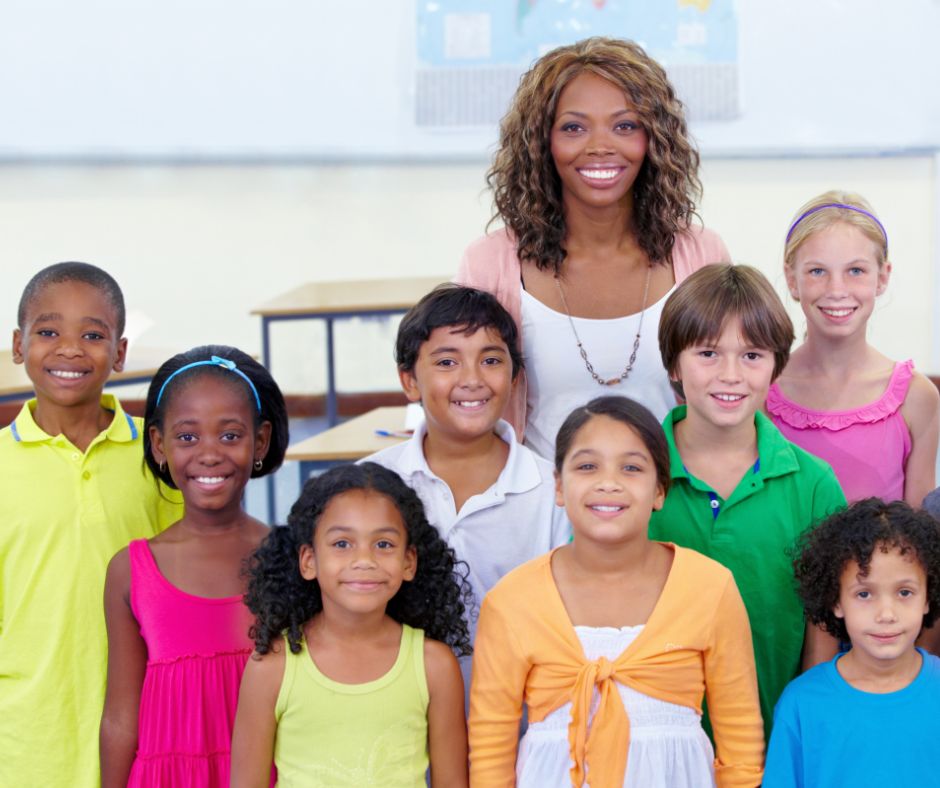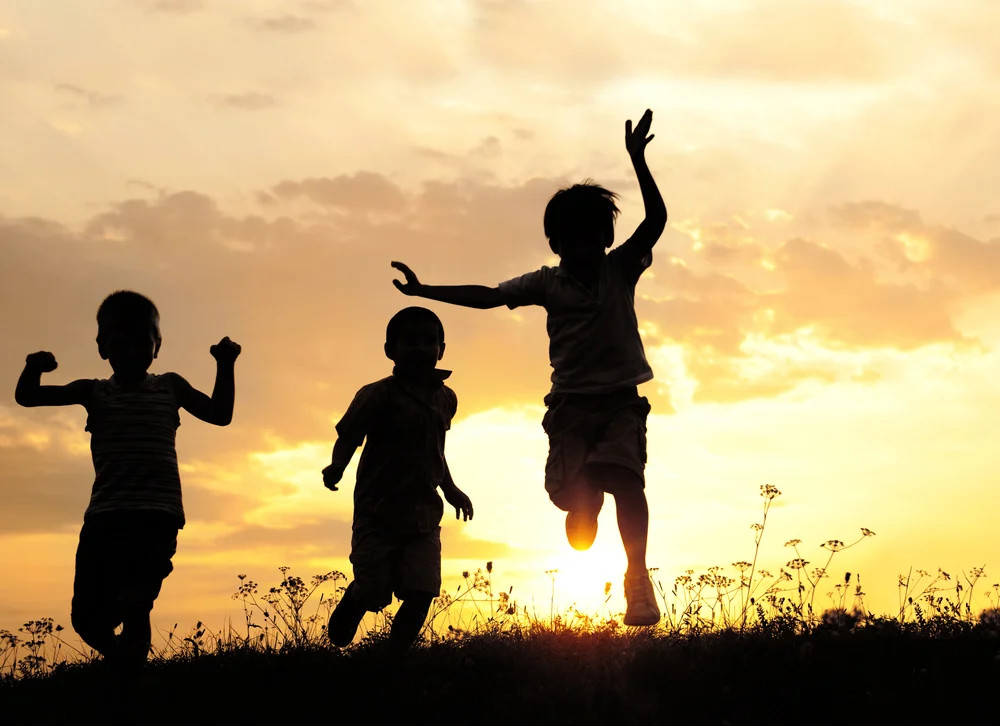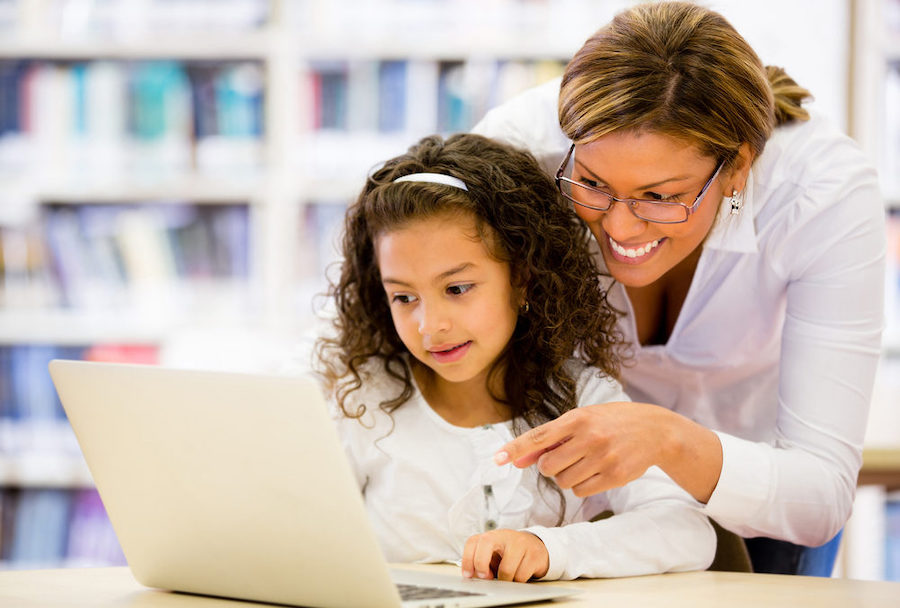
Addressing Bullying Behavior
At Walkabouts, we recognize the importance of having safe and respectful school environments. Bullying, in any form, is never OK. Unfortunately, bullying can start at an early age. Therefore, it’s important for students of all ages to be able to easily identify bullying behavior and feel comfortable reporting this behavior to a trusted adult. When bullying is appropriately addressed in elementary school, there is a greater chance to stop the bullying behavior before the child gets older.
Due to the long-lasting negative effects of bullying on everyone involved, most schools are required to have a plan in place to actively prevent and manage bullying. Many schools have a policy surrounding bullying prevention and response that is guided by local laws and regulations. While following the school-directed guidelines from the first day of the school year, the most important thing teachers can do is to inform students that bullying will not be tolerated.
Here are some important ways schools and teachers can prevent and address bullying.
KEEP OPEN LINES OF COMMUNICATION WITH TEACHERS AND TRUSTED ADULTS
All important figures within a school community including administrators, teachers, aides, assistants, office staff, school nurses, media specialists, custodians, cafeteria workers, bus drivers, parents, community partners, and volunteers should be viewed by students as trusted adults. Students should understand that there are many people they can reach out to if a bullying situation happens when they are at school, on a school bus, or at a school-sponsored function.
These trusted adults should also address instances of bullying quickly and consistently to reinforce that bullying is not acceptable. Because bullying can occur anywhere, all school employees should be regularly trained and informed on best practices for addressing bullying with adult intervention and following the school’s guidelines to report bullying. Well-trained and recognizable individuals working together will increase awareness of student behavior and can help curb instances of bullying.
Providing opportunities for regular interactions between these trusted adults and students will allow relationships to grow. These interactions can also increase the likelihood that students will report bullying incidents. Inviting trusted adults to a School Community Resource Fair at Back to School Night or before or after Parent/Teacher Conferences is a great way for students and families to connect with school-based and community partners. Students can meet many important school figures who they may not already know, making these adults approachable if students need to report bullying.
MODEL KINDNESS AND RESPECT TOWARD OTHER ADULTS
Students watch how adults interact with each other. Therefore, it’s vital that all adults at the school model appropriate behavior in their exchanges with other adults. Being polite, using kind words, asking appropriately, respecting others, and being assertive (not aggressive) when standing up for oneself are all ways adults can demonstrate how students are expected to interact with each other.
ROLE-PLAY SCENARIOS AND HOLD SPACE FOR CLASSROOM DISCUSSIONS
In addition to adults modeling proper behavior, students can also learn how to appropriately interact with each other through role-play. Provide bullying scenarios students may experience. Have students use puppets or toys to act out scenarios that require them to think about another person’s perspective in order to build empathy and understanding. Additionally, provide opportunities for classroom discussion to clearly identify instances of bullying, talk about why bullying behavior is not OK, and brainstorm what can be done (regardless of a person’s role in a bullying scenario) to help address instances of bullying. You may also wish to share examples of times you experienced or witnessed bullying behavior (as a child or as an adult) and how you addressed it.
BUILD CARING AND CONSIDERATE SCHOOL AND CLASSROOM COMMUNITIES
Classrooms are areas for all types of learning: academic, behavioral, and social and emotional. Strong school and classroom communities can help stop bullying behavior. Although classroom communities build naturally throughout the school year, teachers can support the process by facilitating regular collaborative learning experiences. When students have ample opportunities to interact with and get to know each other, they build stronger relationships and learn to value each other’s unique qualities, talents, and abilities. As a result, all students are viewed as valuable contributors to the classroom culture. Even though some students are naturally drawn to each other, the entire class should have plenty of opportunities to build relationships and interact with all classmates.
Read more here about Building a Strong Classroom Community with Social and Emotional Learning (SEL).
OFFER OPPORTUNITIES FOR ALL STUDENTS TO INTERACT
Classroom activities and everyday routines provide opportunities for teachers to help facilitate student interactions with all of their classmates. Ideas include:
- Use flexible seating arrangements to ensure students are around each of their classmates.
- Carefully select groups and partners for positive peer pairing.
- Instead of assigning independent work, incorporate learning center and station activities that promote social interaction.
- Take a short break from structured curriculum and offer students opportunities for free play to help them build social skills.
- Play whole group collaborative games during recess.
Both structured and unstructured activities can provide beneficial opportunities for students to get to know each other, work on problem solving, and improve communication.
For additional information and resources on social and emotional learning, visit casel.org.
For more ideas to foster both academic and social and emotional learning in the classroom, check out the Walkabouts platform. Walkabouts are an easy way to actively engage students in elementary lessons that incorporate movement. With plans that work for a variety of educational settings, there’s a Walkabouts subscription that is right for you.





